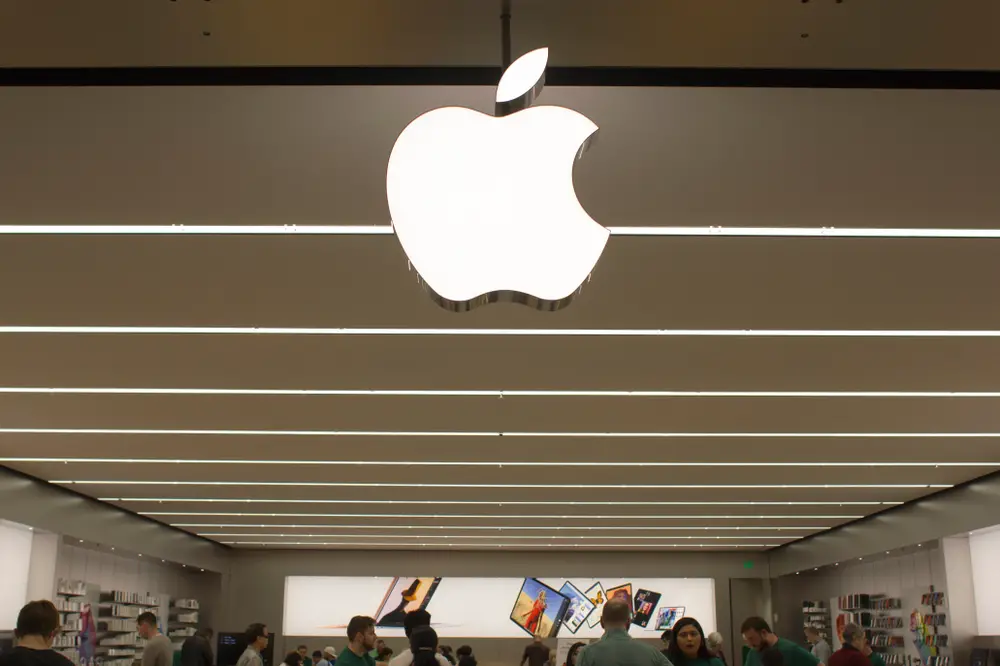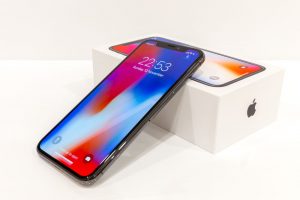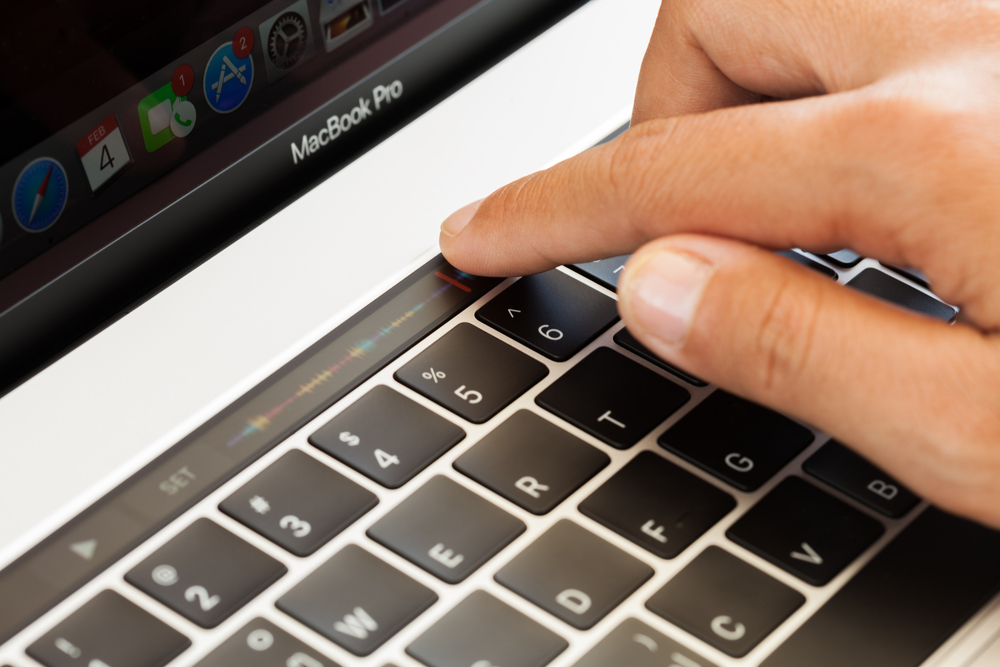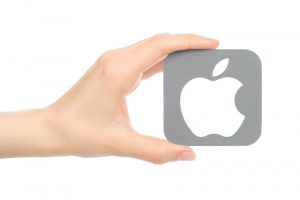With major smartphone brands Huawei, Google and Apple leading research, smartphone photography is improving year after year. However, while processing abilities have improved dramatically, and sensors have been getting bigger, the lenses used by these cameras have largely remained unchanged.
A couple of Chinese phone manufacturers have made advancements in how far smartphone cameras can see – for example, the Huawei P30 Pro and the Oppo Reno 10x Zoom. These phones utilise a periscope configuration where the lenses are placed perpendicular to the phone’s back. Apple is now also making major strides in this field.
Two recent camera patents the firm registered show that it intends to keep on improving future iPhones’ photographic capabilities. Both patents are named ‘Folded lens system’ and use either five or three ‘refractive lenses’.
These patents illustrate lenses that reflect via a prism, so they don’t have to be protruding straight from the phone’s back.
By placing lenses in this position, Apple will be able to cut down the size of the camera bump that is required to accommodate hardware such as autofocus assemblies and optical image stabilisers. At the same time, it will increase the distance between the lenses and the sensor.
The three-element configuration could provide a focal length of between 80mm and 200mm, which compares to that of a 35mm camera.
The field view will also increase to between 18 degrees and 28 degrees, making this perfect for a telephoto camera.
The five-element configuration will be useful as a conventional ‘wide’ camera with a focal length of between 50mm and 85mm (35mm equivalent) and a focal view of between 28 degrees and 41 degrees.
As mentioned earlier, other firms have already implemented side-mounted camera configurations, but mainly for long zoom purposes. Judging from the patents, Apple now wants to use a comparable concept for its telephoto and standard cameras. Of course, only time will tell whether these patents will find their way to commercial products.






Add Comment